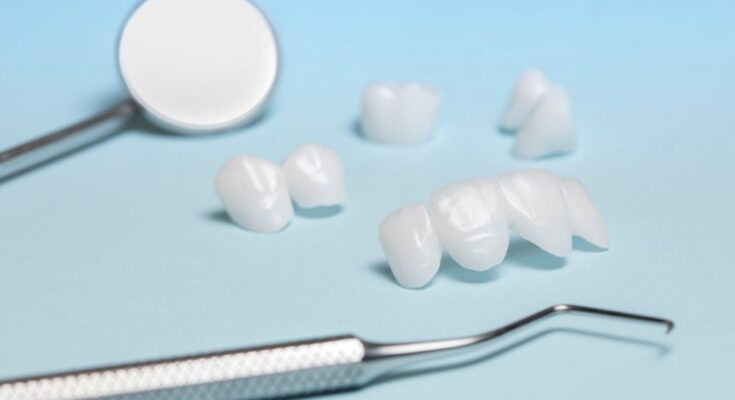Dental implants have existed for thousands of years, yet their designs and functions remain similar to their earliest iterations. In the same vein, advancements in these implants ensure better oral health for countless patients everywhere. Check out this brief and interesting history of veneers and how they will continue to evolve.
The Early Days of Veneers
In their early days, dentists did not install veneers for their patient’s dental health or hygiene purposes. Rather, they served as an ostentatious display of wealth and status. The earliest known use of veneers can be traced back to 200 BC when the ancient Phoenicians created rudimentary oral implants from ivory and bone. These self-fabricated veneers were crude by today’s standards and did not permanently affix to the teeth, often resulting in a less-than-perfect fit and limited longevity. Ultimately, the Phoenicians might have only been creating jewelry for their mouths, but these designs eventually found their way into dental applications.
Unfortunately, this wouldn’t happen for thousands of years, largely thanks to the Middle Ages. In this era, dentistry was largely in the hands of barbers and general physicians. The most common practice was tooth extraction; there’s no recorded evidence of veneer-like applications during this period. However, there is verified evidence of wooden oral implants throughout Western indigenous cultures during the sixteenth and seventeenth centuries (although their use as medical devices is disputed today).
A Break Into Dentistry
It wasn’t until the 18th century, with the advent of porcelain and the broader field of cosmetic dentistry, that veneers started to take a form we’d recognize today. As dentistry evolved into a formalized practice, the focus shifted from merely extracting problematic teeth to improving dental aesthetics and function. With its tooth-like appearance and durability, porcelain emerged as an ideal material for making false teeth. Use of this material marked a significant milestone in the history of veneers. The use of porcelain improved the look of these early veneers and their longevity, providing a more effective and lasting solution for individuals looking to enhance their smile or address dental issues. This period set the stage for further advancements and innovations in veneer technology, paving the way for the versatile and highly effective veneers we see in modern dentistry.
The Future of Veneers
Technological advancements are continually reshaping the field of cosmetic dentistry, leading to more precise, efficient, and personalized veneer solutions. One such advancement is digital scanning and 3D printing technologies, which allow for a highly accurate fit and design of veneers. Developing new materials could also offer even greater durability and aesthetics, making veneers virtually indistinguishable from natural teeth. There’s also a growing emphasis on minimally invasive procedures, potentially creating an easier and less stressful process for people with questions about getting veneers. As research continues and technology advances, veneers will undoubtedly continue to evolve, further solidifying their position as a pivotal tool in cosmetic dentistry.
The history of veneers is certainly interesting and the opposite of “brief.” Despite the centuries-long existence of dental implants, medical veneer design continues to evolve and improve, ensuring better quality oral health for everyone!



